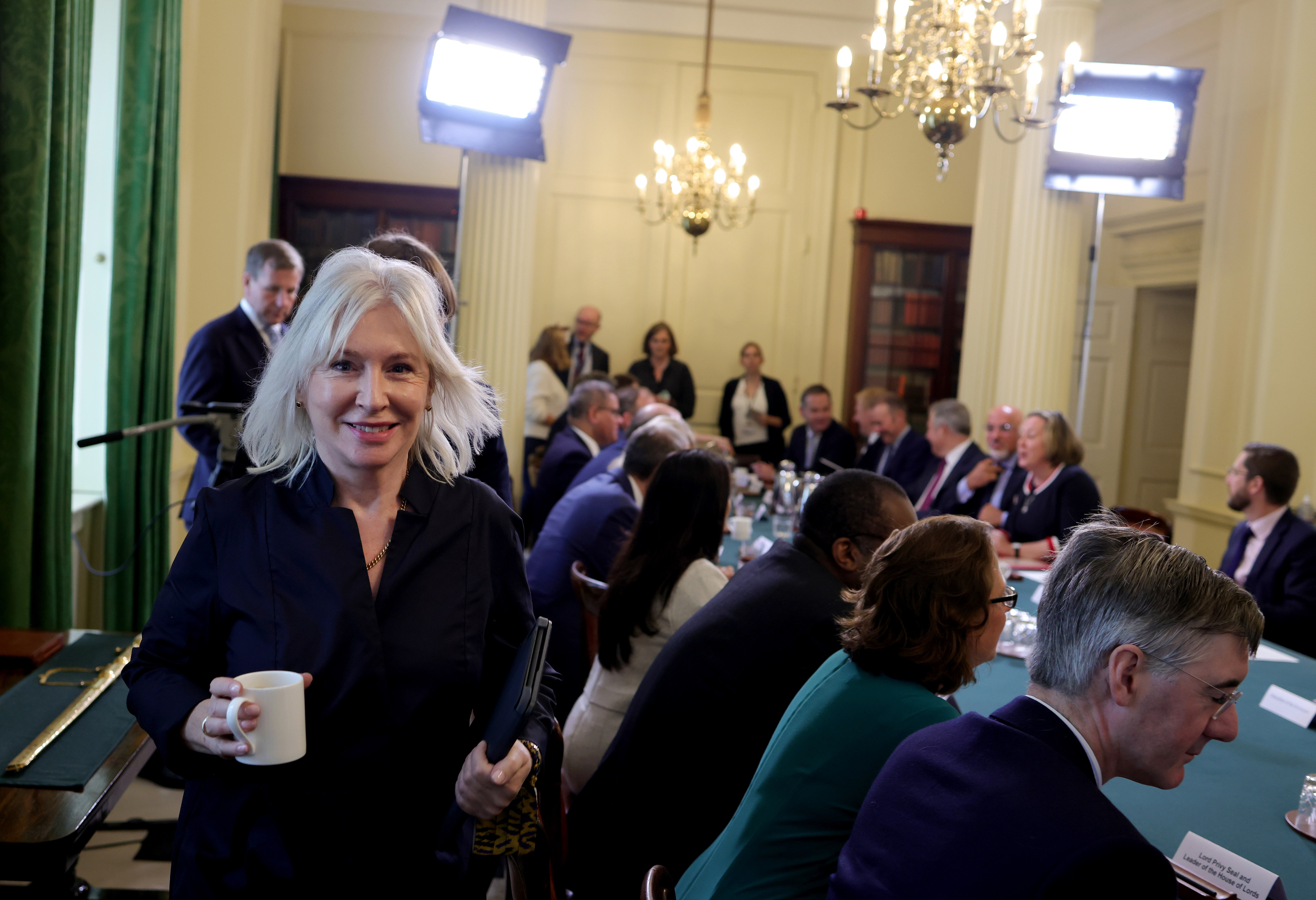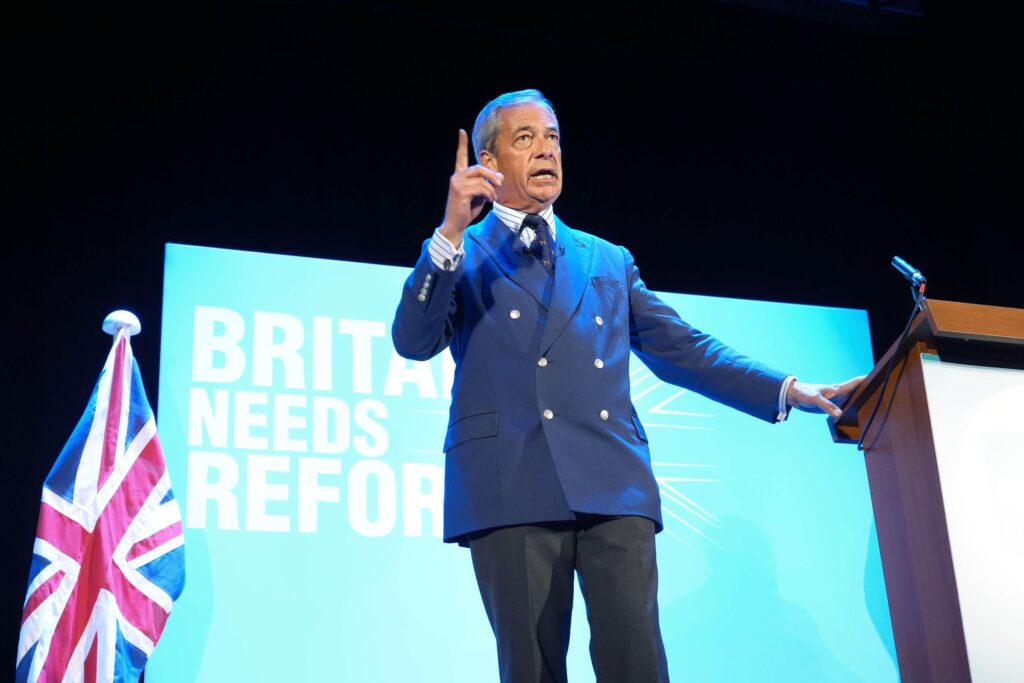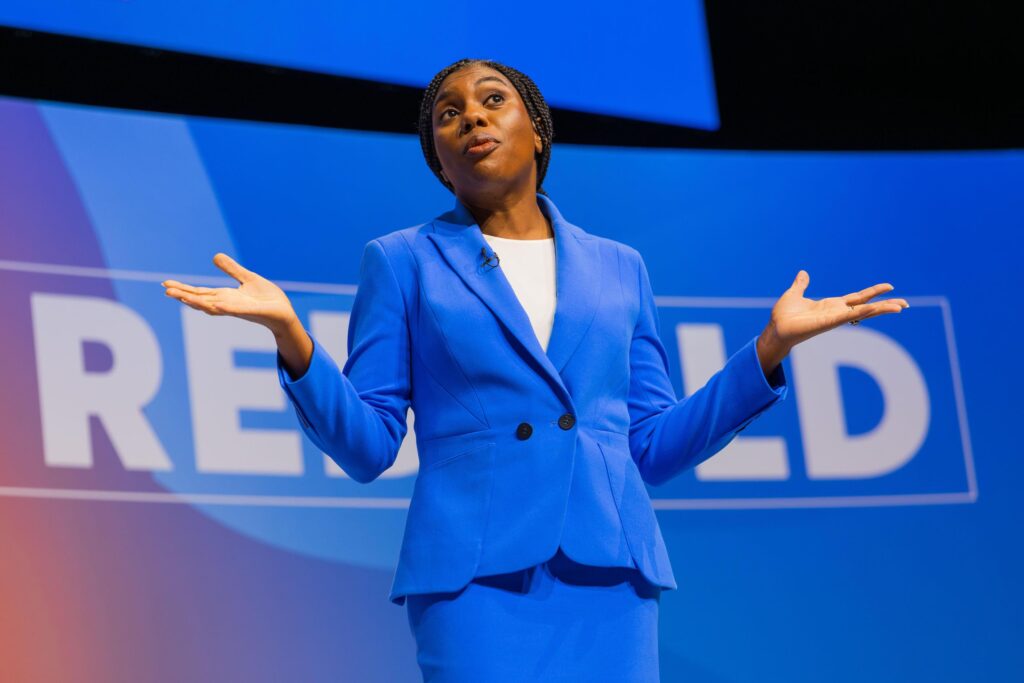Why was Nadine Dorries’ 1,800-word resignation statement so long? The answer, simply, is because it had so much to do.
First and most pertinently, it had to righteously rubbish Rishi Sunak’s approach to government. But elsewhere, Dorries dedicated space for her own obituary as a former culture secretary dishonourably denied a place in the Lords; then there was the matter of adding further hagiographic detail to her narrative of Boris Johnson’s defenestration by a secretive, Sunak-allied cabal.
And that’s all before Dorries had ticked the necessary boxes on self-promotion: first for her Daily Mail column (the statement appeared behind the newspaper’s paywall), as well as for her TalkTV show (for which she will need to continue to bolster her profile like this), and, of course, for her upcoming book on Johnson’s downfall which she referenced repeatedly.
Because of Dorries’ myriad objectives it is, in truth, difficult to identify a common thread to her diatribe. Most commentators have, however, opted for a variation on a similar theme: cue column inches explaining that Nadine Dorries wants to make life difficult for the prime minister.


Of course, the central crux of this take is true. In her statement, Dorries explained how the Conservatives have been “corrupted” in recent months as she accused the PM of “abandoning the fundamental principles of Conservatism”. “History will not judge you kindly”, she added at the end of a particularly aggressive section.
There is also another way of subjecting Dorries’ 1,800-word account to finer scrutiny. It is one most readers will do this instinctively as they sort her various explosive claims into mental boxes labelled “fact” and “fiction”.
This is not an especially difficult task. As far as fiction goes, Dorries’ claim Boris Johnson was forced out of office by a small cabal of Sunak acolytes vacates reality with reckless abandon. In doing so, she wilfully ignores the fact that Sajid Javid was the first to wield the sword that infamous day or that so many ministers, including rising right-wing star Kemi Badneoch, followed suit. The ex-chancellor was not ushering ministers out the door, Conservative colleagues had simply had enough.
There are other inventions, of course, including Dorries’ insistence that she has “continued to work for my constituents faithfully and diligently to this day”. That is despite parliamentary records showing Dorries hasn’t spoken in the commons since last July or voted since April.
But, in all, those matters Dorries deems fit for fabrication will not worry Sunak. Just as with Johnson’s own flailing broadside, even his harshest critics on the opposition benches will be able to see through the siren cries of the dispossessed.
Ultimately, it is the moments in Dorries’ statement when she opts to pronounce on fact that will cause the most consternation in No 10. Indeed, bury your knowledge of Dorries’ biases, and her clarion call for “grand political vision” could be repeated by a number of Sunak’s soberer critics.
And what will be especially worrying for No 10 is that this point is far from a novel criticism. During the first few months of the prime minister’s time in No 10, it was a common refrain, amid repeated backbench rebellions, that the government appeared tired and tailspinning despite objectively still operating in its early days.
That this criticism is now reemerging with such force, from Dorries and others, will trouble No 10 greatly — if for no other reason than they thought they had already curated a solution.
Sunak’s “five pledges” penned at the start of the year gave the government a selection of North Stars at which to direct their attention, and — the theory went — some areas where they might in the future cite success. Ruthlessly pragmatic, the pledges were also a pointed political signal that ministers were undertaking a new departure from the Conservative party’s cakeist, Johnsonian past.
In this way, the strategy arguably sidestepped the broader call for grand ideas. In a savvy retort to the PM’s intra-party critics, Sunak would drop the dogmatism and re-embrace trade-offs as essentially, unproblematically Conservative. After the chaos of Trussonomics and the jarring changes of direction that defined Johnsonism, the subtext of Sunak’s pledges strategy was thus: “Look where vision has gotten us. Only a return to the dogged work of government will renew the public’s faith in Conservative administration”.
It is, therefore, an indictment of this strategy’s failure that the “vision thing” (as former US President George H. W. Bush put it) is once again being used as a stick to beat Sunak’s government.
But, what is crucially different to January, is that this criticism has been absorbed by No 10 and the PM is now signalling his intent to pronounce on a broader political vision.
Sunak is reportedly singling out the next few months as a reset period with a minor reshuffle, King’s Speech, and conference all on the cards. These markers are then expected to trigger a more politically activist approach to government — as has been trialled throughout the summer with various gridded “weeks” designed to pile pressure on Labour over “energy”, “small boats”, “the NHS”, “education” and now “crime”.
Sunak’s allies will say it indicates a new phase of Sunakian rule, while others will interpret the strategical switch-up as an admission of failure. But what is for sure: whatever comes in the next few months will manifestly not be enough for Sunak’s archest critics. Because of his “five pledges” and their emphasis on trade-offs, there are structural limits to how overbearing some new “vision” can be from the prime minister.
John Redwood, the veteran Conservative MP, for example, will likely have to wait some time for his much-sought-after tax cuts. With cutting the debt number three on Sunak’s pledges, fiscal policy will remain strictly contained.
This reveals a broader truth: for what Sunak’s critics like Redwood and Dorries want is not “vision” per se, but a return to the cakeist mode of government that Johnson embraced and Sunak has long rejected.
So as Sunak promises “vision” in the months to come, there remain questions over how he can deliver in a way that will not continue to stir ructions in his party. But what may prove more problematic down the line for the PM, is that in embracing the framing of his archest critics and pursuing “vision”, he opens himself up to criticism that he has “not gone far enough”. The Conservative conference in September, like the last under Liz Truss, could become a forum in which proposed maxims are contested and fought over.
The question right now, therefore, is not how Sunak can satiate his archest critics like Nadine Dorries (it is clear that nothing short of a Johnsonite restoration will do that), but how the prime minister can mould a vision that is embraced by his party without being seen to abjure on his “five pledges”.
It is the essence of Sunak’s present strategical bind — and there is no reason, right now, to suggest that any solution to this quandary exists.












